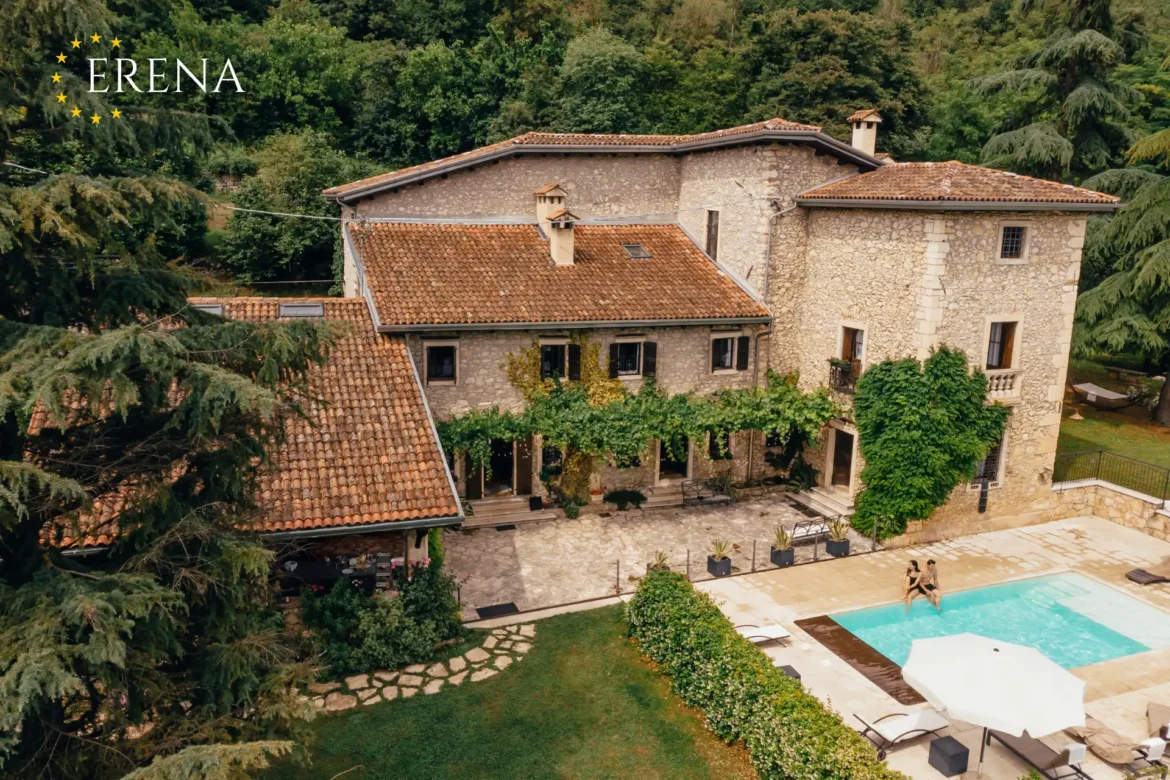Introduction
Tuscany is a region in Italy that attracts lovers of exclusive real estate. It combines unique architecture, breathtaking landscapes, and a rich cultural heritage. In recent years, demand for villas in Tuscany has increased significantly, impacting the real estate market. In this article, we will explore price categories, current trends, and the key factors that influence the cost of luxury homes in the region.
1. Tuscany – A Hub for Luxury Real Estate
Tuscany has always been in demand among those seeking high-end properties. Several factors contribute to this:
• Cultural and historical significance – Many villas are centuries-old buildings with remarkable heritage.
• Beautiful natural surroundings – Rolling hills, vineyards, and olive groves create an atmosphere of tranquility.
• Popularity among foreign buyers – The region is highly sought after by Americans, Britons, Germans, French, and Russians.
• Developed infrastructure – Well-maintained roads, international airports (Florence, Pisa), fine dining, and renowned wineries.
Thanks to these advantages, Tuscany remains a prime destination for investing in luxury real estate.
2. Current Villa Prices in Tuscany
The cost of villas varies depending on location, property characteristics, and proximity to key tourist centers.
Average Price Ranges:
• Florence and surrounding areas – from €1.5 million to €10 million for exclusive properties.
• Siena and Chianti – from €1 million to €7 million, especially in wine-producing areas.
• Lucca and Pisa – from €800,000 to €5 million.
• Val d’Orcia (Montepulciano, Montalcino) – from €900,000 to €6 million.
• Coastal areas (Forte dei Marmi, Viareggio) – from €3 million to €15 million.
The price also depends on the property’s size, land area, panoramic views, swimming pools, and modern amenities.
3. Factors Affecting Villa Prices
Key parameters determining the price of luxury real estate in Tuscany include:
• Location – Proximity to Florence, Siena, or the coast significantly increases the price.
• Historical value and architecture – Ancient villas with original finishes are more expensive.
• Land size – Vineyards, gardens, or olive groves add value to the property.
• Renovation and modern features – Properties with high-end renovations, swimming pools, and smart home systems are in greater demand.
• Scenic views – Villas with breathtaking landscapes have higher market value.
4. Who Buys Real Estate in Tuscany?
Tuscan villas remain highly desirable among wealthy buyers, including:
• Americans – Investing in historic estates.
• Britons – Preferring vineyards and country houses.
• French and Germans – Purchasing homes for vacation and rental purposes.
• Russians – Acquiring both countryside villas and coastal properties.
Steady interest from international investors keeps property prices high.
5. Current Market Trends
The luxury real estate segment in Tuscany is undergoing several key shifts:
• Price increases – Rising demand is driving up the cost of premium properties.
• Growing popularity of eco-certified homes – Energy-efficient villas with solar panels are highly sought after.
• Expansion of the luxury rental market – Many property owners rent out their villas to tourists, generating stable income.
• Remote transactions – Post-pandemic, more buyers are purchasing properties via virtual tours and digital contracts.
6. Investment Appeal of Tuscan Villas
Luxury real estate in Tuscany is a solid investment. Key reasons include:
• Appreciation in value – Annual price growth averages 3-5%.
• High rental income – Seasonal profitability can reach 5-7% per year.
• Secure investment – Real estate in Italy remains a prestigious asset.
Historic estates, wineries, and villas with stunning views are particularly attractive to investors.
7. How to Purchase a Villa in Tuscany?
The process of acquiring property involves several steps:
1. Selecting a property – Finding the right villa through a real estate agency.
2. Legal verification – Ensuring the property has a clean title.
3. Signing a preliminary agreement – Making a deposit (usually 10-20%).
4. Final signing with a notary – Registering ownership.
5. Paying applicable taxes – Including one-time and annual property taxes.
Key taxes to consider:
• Registration fee – 2-9%.
• Property purchase tax – 3-10%.
• Annual property tax – around 1% of the cadastral value.
Conclusion
The luxury real estate market in Tuscany remains one of the most attractive in Europe. Villas in this region are not only a symbol of status but also a reliable investment. The continued interest of foreign buyers supports steady price growth, while the expansion of the rental market makes property purchases a profitable business decision.
If you are considering purchasing a villa in Tuscany, it is essential to carefully analyze the market, take legal aspects into account, and consult with professionals for a successful investment.
Luxury Real Estate in Tuscany: Villa Prices and Market Trends
691

